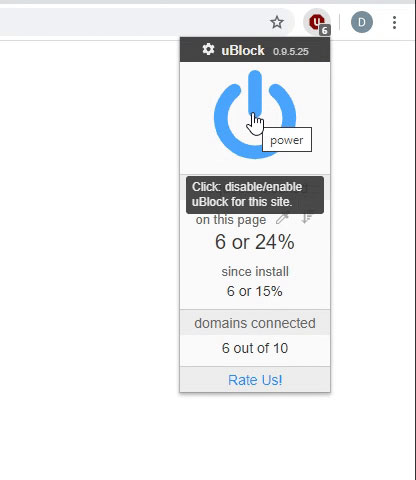canernas
New Member
- Joined
- Mar 18, 2025
- Messages
- 2
- Office Version
- Prefer Not To Say
- Platform
- Windows
Dear MrExcel Family,
I am working on a project. The goal of this project is to minimize the SUM formulas in the column totals located in row 14 of the table found in the attached Excel file. Rows 3 to 12 specify the total demand for each 5-minute interval, cell by cell. To minimize the column totals in row 14, the numbers in the rows need to be shifted. By shifting these numbers, I will obtain the most optimal subtotals. There are some constraints while performing this operation:

I am working on a project. The goal of this project is to minimize the SUM formulas in the column totals located in row 14 of the table found in the attached Excel file. Rows 3 to 12 specify the total demand for each 5-minute interval, cell by cell. To minimize the column totals in row 14, the numbers in the rows need to be shifted. By shifting these numbers, I will obtain the most optimal subtotals. There are some constraints while performing this operation:
- The numbers to be shifted can only be moved as groups. (For example, a group of numbers written as 3 - 3 - 3 in one row must remain 3 - 3 - 3 when moved.)
- The shifts should only occur between the blue cells and should not go outside the blue cells.
- The number group in one row cannot be moved to a different row; the shifting must occur within the same row.






